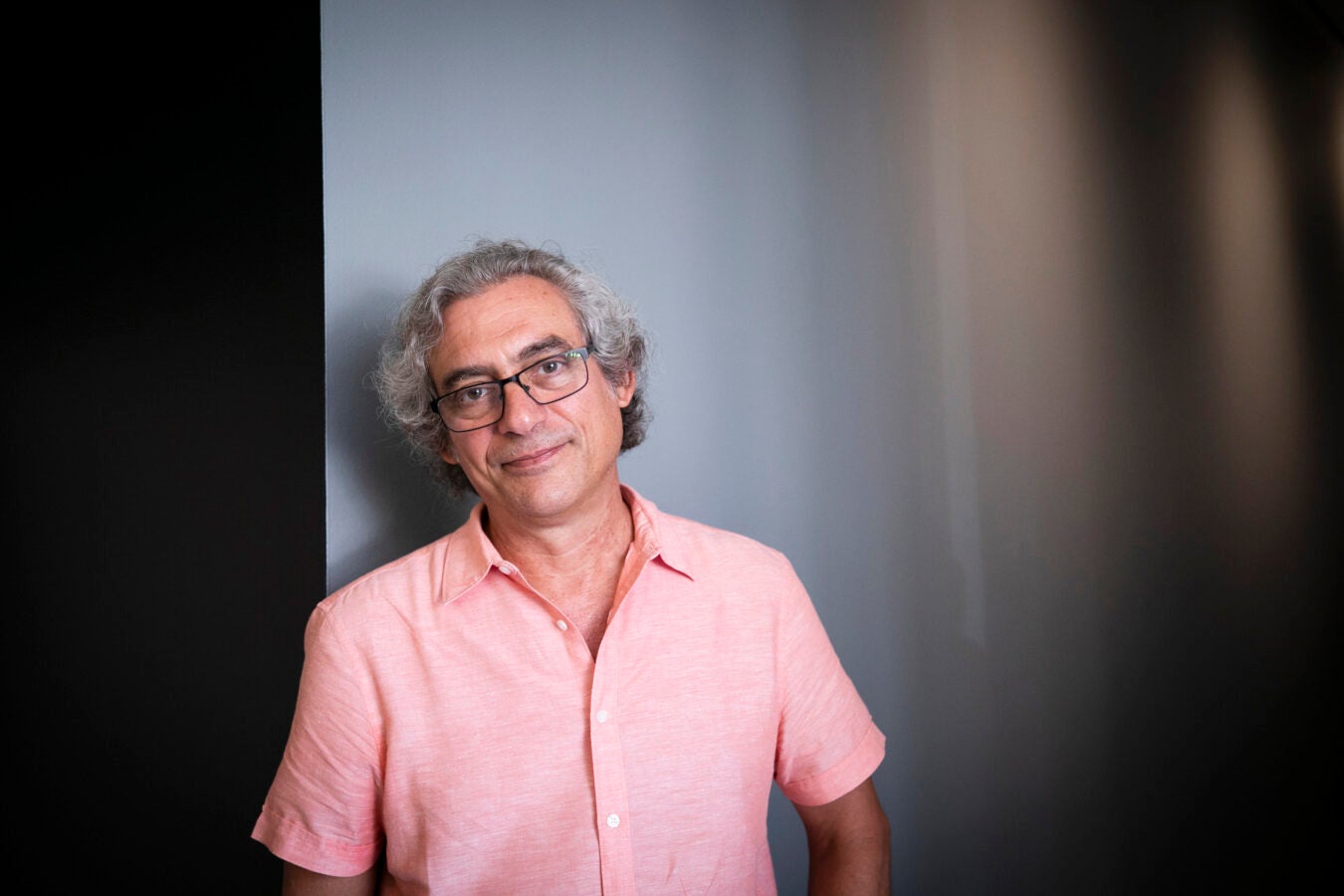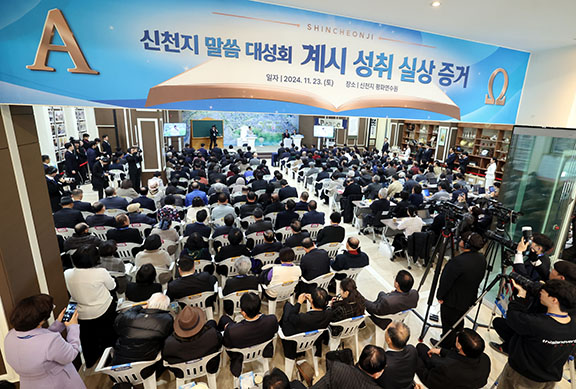The Cooper Gallery show, the first since the pandemic hit in 2020, features 52 works by artists from the 19th century to the present. The curatorial team – which included Bárbaro Martínez-Ruiz, Roy Sieber Tanner-Opperman Chair at Indiana University and Cary A. García Yero, Alexander von Humboldt Foundation Doctoral Fellow at Freie Universität and Leibniz Universität – drew inspiration from the work of Afro-Brazilian artist and curator Emanoel Araújo, who curated the groundbreaking exhibition “A Mão Afro-Brasileira” in 1988.
“As I read more and more about the exhibit, I felt that this is something that needs to be replicated throughout Latin America,” de la Fuente said. “However, nothing like it has really happened since then, including Cuba, which after Brazil would be the only country in Latin America that is closest to African cultures.”

The exhibition’s curator, Alejandro de la Fuente, is the director of the Afro-Latin American Research Institute.
Stephanie Mitchell/Harvard Staff Photographer
Latin America has not come to terms with the influence of African descendants on the life and culture of the region, he said, but he noted that it is beginning to recognize important contributions in fields ranging from art to music and religion.
“It is a continental movement. It’s a wave. We’ve been at the center of this because Harvard created the Afro-Latino American Research Institute in 2013, and that has played a very important role in bringing these groups together and moving the field forward,” he said, noting that the University has developed collaborations with research groups in Argentina, Chile, Uruguay, Brazil, Colombia and Mexico. “This exhibition is a part of those efforts.”
“El Pasado Mio / My Past” prominently features the work of Vicente Escobar y Flores, the first known artist of African descent in Cuba (1762-1834). Escobar y Flores was registered as Afro Cuban by birth, but was listed as white after receiving a royal dispensation that allowed him to participate in professions and enjoy privileges exclusive to whites from Spain.
“This is not Cuba’s first artist of African descent by any means,” de la Fuente said. “The fact that he is the first we know of speaks to our ignorance and the way colonial societies produced silence. [and] exceptions that feed our ignorance.”
Alberto Peña and Teodoro Ramos Blanco were two artists who worked during the 1930s, creating race-conscious works that spoke to Blackness, he said. In 1936, Peña and Ramos Blanco exhibited their work in Havana at the prestigious Afro Cuban Club Atenas. Two of these works are featured in “El Pasado Mío / My Past”.



